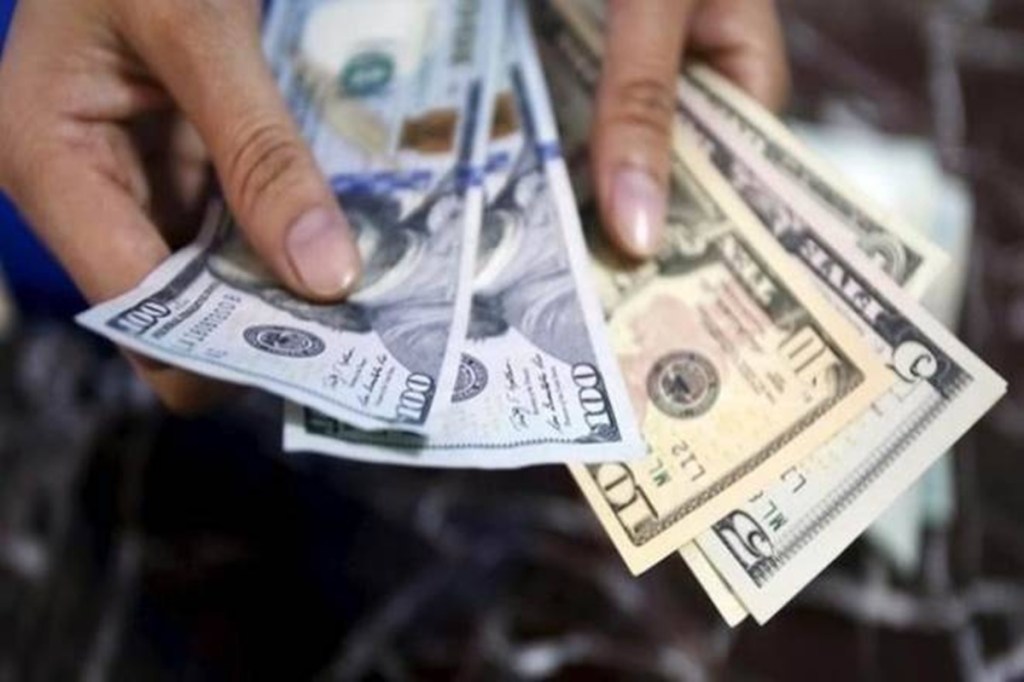The bulk of imports into the UAE are denominated in US dollars, and since the dirham (AED) is pegged to the dollar (USD), importers in USD carry zero FX risk; it follows that there is also no opportunity to save costs on these imports.
However, companies that have ongoing imports in euro (EUR) have to carry considerable risk—over 10 years since 2012, the Value at Risk (VaR) for a short six-month EUR exposure was 7.96% (on average). This means that over any six-month period, there was a 5% chance that EUR would appreciate by nearly 8%, which would dramatically increase costs. Clearly, staying unhedged on EUR imports is a non-starter.
Thus, most prudent companies would choose to simply hedge forward to tenor at the relatively modest cost of 0.63% for six months (on average). Of course, this results in giving up the opportunity of benefiting from any EUR depreciation. Given that EUR-USD is quite volatile, this could be quite significant—indeed, over the period, the largest six-month depreciation was a gigantic 23%, which would have generated windfall savings.

In looking for ways to try and capture some part of this huge opportunity, it is important to recognise that since EUR-USD is the deepest and most liquid market, there can be no arbitrage between hedging forward on Day 1 and any other fixed hedge strategy. Plain vanilla options, for instance, which fix the worst-case cost at the Day 1 forward rate (protecting against EUR appreciation) while leaving the opportunity of EUR depreciation on the table, would have generated gross value of 2.82% on average; however, the average cost of the option was 2.76%, leaving a net value near zero.
In our view, the best way is to contain risk by limiting trading and using a stop loss while staying unhedged (at other times) to capture opportunity on favourable movements. We have developed the Mecklai Hedge Program (MHP) that manages this opportunity/risk balance quite well and was able to generate savings (as compared to Day 1 forward) of more than 1.30% on average.
The MHP uses a combination of techniques to control risk and capture value:
1. To control trading, we monitor volatility and if/when it exceeds a predetermined cut-off, the MHP simply hedges forward carrying zero risk; over the period, this happened 23% of the time;
2. When the volatility is within bounds, the MHP uses a trailing stop loss, which is followed with strict discipline—it works as follows: we set the initial stop loss on the date of contracting the import and whenever the market moves favourably, the stop loss is lowered by an amount equal to the favourable move; this means that all favourable moves are captured unless/until the then-current stop loss is breached, at which time the exposure is hedged forward;
3. If the stop loss is not breached—this happened 38% of the time—the entire opportunity is captured; given the volatility of EUR-USD, there are occasional huge gains, which more than make up for the tightly controlled losses.
Because of the trailing stop loss structure and the fact that the MHP does not take any risk more than 20% of the time, the average risk carried was virtually zero (0.03%). This means that the daily average of the worst possible rate was more or less the same as the Day 1 forward—quite remarkable, and substantially lower than the nearly 8% risk carried by an unhedged exposure.
Structurally, it is clear that the MHP makes money when EUR weakens and loses money when it strengthens; over the period, EUR strengthened 44% of the time, but the MHP lost money only 38% of the time, reflecting the directional protection it offers. More importantly, the key element of success is that when the MHP wins, it makes much more than when it loses—the average gain was 5.08% while the average loss was 1.58%. Thus, even if/when the market reverses direction, the MHP will likely still stay positive assuming that the average gains remain at close to similar levels; the average losses will, in any case, be contained by the MHP.
In sum, the MHP carries virtually no risk (0.03% of the Day 1 forward rate) and delivers substantial (1.34%) cost savings as compared to hedging on Day 1. The return is quite attractive, particularly when compared to the risk carried—it appears to be a win-win for any company that has the appetite and a reasonable amount of operational skill.
CEO, Mecklai Financial
http://www.mecklai.com


